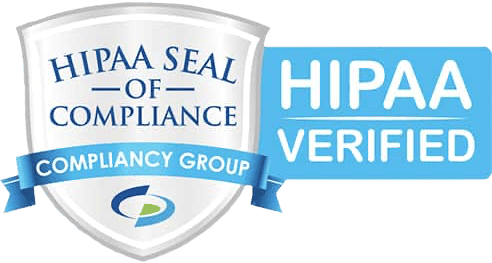Have you ever considered adopting the “island approach” to cybersecurity? That concept involves putting several layers of protection around each end user’s IT systems, regardless of where they spend their workdays. Whether they’re working in the safe confines of an office or at the front table in a local coffee shop, your clients need to know their people can securely send and receive business information and effectively manage all their online activities.
Consider that objective as their insurance policy. With 40% of US employers offering more flexible workplace options than they did five years ago, no matter where their people are, those organizations must provide those employees with a similar level of protection as their office-bound counterparts. The real question is if those eternally relegated to their desks and cubicles are truly afforded the same security measures.
What does that mean? Let’s start with the fact that SMBs thrive on flexibility. Their employees are often tasked with more diverse responsibilities than their peers in enterprise organizations. When shorthanded, they may be asked to assume more substantial roles and manage more sensitive information (at least temporarily). For example, when the office manager is out, someone has to take care of last-minute financial matters, address customer concerns, and monitor important company communications.
Their organization’s cybersecurity protocols must accommodate those types of temporary situations, where employees are given higher-level system access for short periods of time. Without the ability to extend and retract permissions based on organizational need, workers often end up sharing passwords and credentials that violate cybersecurity protocols and increase the risk of data breaches and other issues.
That’s why MSPs should put each computer user on their own cybersecurity island. In other words, every employee, business associate, and individual with access to corporate systems should be protected like remote workers, with similarly configurable systems. MSPs have the opportunity to ensure the same controls and cybersecurity measures are in place for all their clients’ employees.
SMBs on the Go
Flexibility is the lifeblood of small and mid-sized businesses. That’s why some MSPs take location out of the equation when setting up computers and installing new systems (the island approach). In essence, they assume every employee might end up working from a remote site at some point or, at the very least, may need to access important company information when not in the office.
For example, a client’s marketing director may be asked to represent their company at an upcoming week-long trade show in a city on the opposite coast. Whether it’s a one-time occurrence or happens every year, they’ll need access to corporate email, CRM applications, and other critical business systems.
That presents a problem when the organization hasn’t given its office team members the tools needed to make that possible. In other words, to effectively work from remote locations, every employee should have access to cloud solutions and mobility devices and be covered by the appropriate cybersecurity controls.
That’s why MSPs have to pay close attention to their SMB clients’ business needs and essentially force decision makers to think through all potential computer usage scenarios. Few business leaders think through the various possibilities when they ask providers to procure workstations and applications for new employees. What worked five years ago (procuring stationary computers and applications) is not necessarily the best option for emerging businesses and today’s mobile workforce.
Create Islands of Productivity and Protection
Successful MSPs play a significant role in their clients’ business transformations. As the channel moved from an installation and reactive support mindset to offering more proactive managed and consultative services, the conversation and responsibilities took a similar shift. Providers continue to sharpen their business acumen and many of putting greater focus on their customers’ workflow and automation processes.
Mobility has become a staple, not an option, for today’s workers. The MSPs who can implement, configure, and secure those platforms are benefiting from those higher margin deliverables. The possibilities are wide-ranging, including:
- Devices: tablets, laptops, smartphones, and wearables
- Office 365
- Google G-Suite
- Email security and encryption technologies
- Customer Relationship Management (CRM) applications
- Collaboration apps: Slack, Skype, etc.
- Hosted VoIP
- Data backup/ business continuity solutions
Forward-thinking SMBs no longer relegate these tools to their remote workforce. Enablement is the new focal point, with businesses designing and building more resilient and flexible tech ecosystems that help increase employee productivity and raise job satisfaction levels. Whether in a meeting room or at a conference 2,000 miles away, mobile platforms will allow workers to complete even their most important assignments without missing a beat.
The best part for MSPs? The opportunities for delivering and supporting these technologies continue to rise as the number of SMBs keeps expanding. Most simply can’t do it on their own, especially with the increasing amount of cybersecurity and data management requirements being driven by new industry rules and regulations.
After all, you can’t have an “island” without a layer of perimeter protection. VPNs, email security, and encryption are essential elements of that edge defense for mobile workers. Whether in the field or at a desk in their corporate headquarters, MSPs have an opportunity, if not a responsibility, to provide end users with the tools they need to get the job done.

